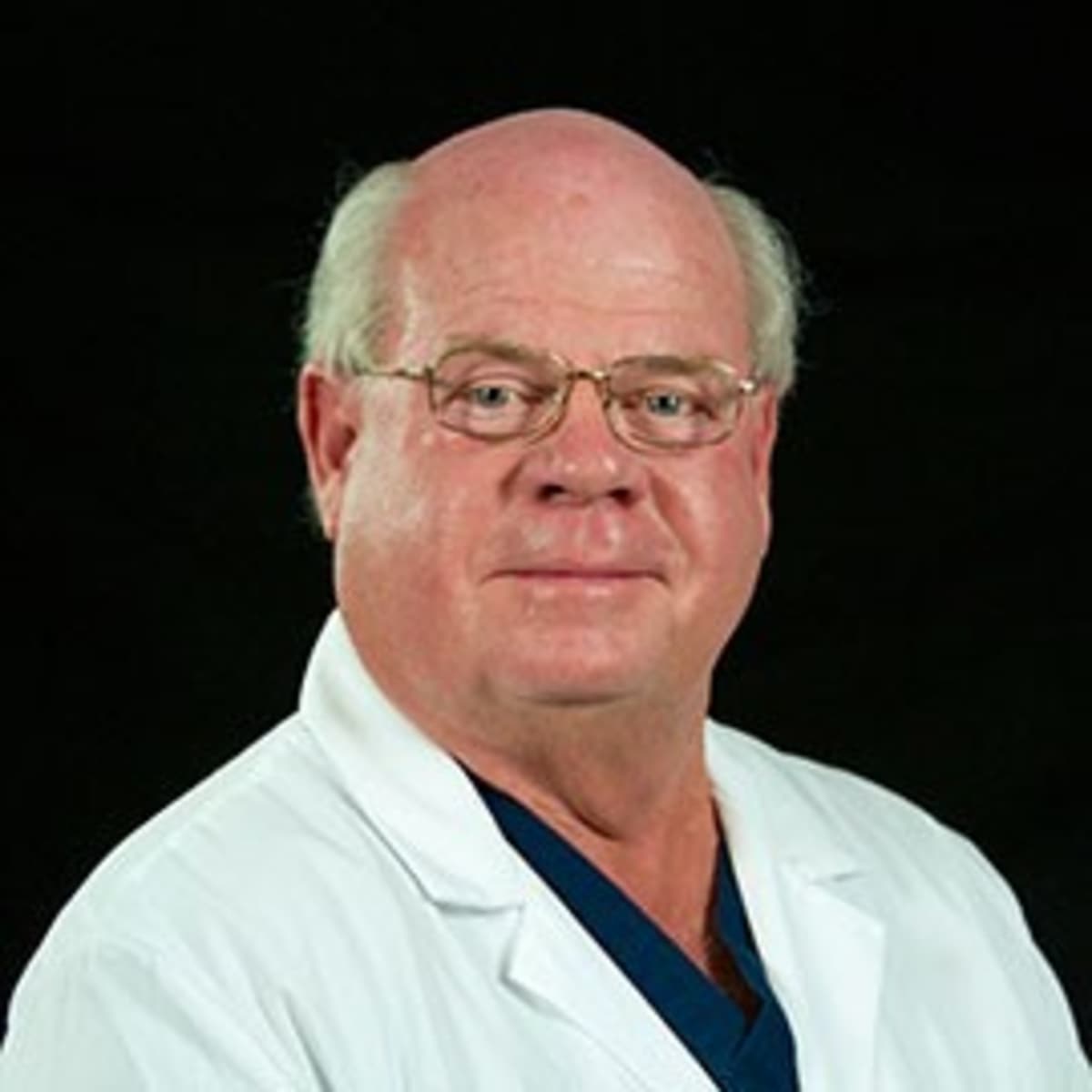FAQs
Varicose veins are dilated superficial veins in the legs. The word “Varicose” comes from a Latin word that means “twisted.” Veins of the legs contain one way
valves that allow the blood to flow upwards toward the heart from the feet and from the superficial veins into the deep veins. When these valves don’t function properly, the blood slips past these leaky valves and flows backwards toward the feet and into the superficial veins. The highly pressurized blood pools in the superficial veins causing the veins to stretch and become larger.
Varicose veins are usually lumpy, twisted, bulging, and sometimes bluish in color. They sometimes look like cords. Sometimes, varicose veins can lie deep in the leg and cannot be seen with the eye. Ultrasound imaging is used to determine if you have this type of varicose veins.
Varicose veins occur when the valve in the vein does not function properly. This can be due to the destruction of the valve, or merely, the fact that the vein is dilated so much that the edges of the valve do not meet allowing the blood to slip past. There are several factors that increase your chances of having varicose veins:
● Genetics –this is the most common cause of varicose veins. Varicose veins tend to run in families.
● History of Blood Clots – blood clots in the veins destroy the valves and cause them to not function properly.
● Age – as we age, the valves in our veins lose their ability to function properly.
● Obesity – being overweight increases abdominal pressure, resulting in an increase in the pressure of the leg veins. This increase in pressure can cause dilation and leakage of the valves in the veins.
● Sex – woman are more likely than men to develop varicose veins. Female hormones during pregnancy, pre-menstruation, menopause, and hormone replacement can relax the walls of the veins causing them to become dilated.
● Standing – standing for long periods of time allows blood to pool in the lower extremities. Some occupations such as teachers, nurses, factory workers, hair dressers, and physicians are more likely to develop varicose veins due to extended periods of standing.
● An achy or heavy feeling of your legs (often worse at night or after exercise)
● Burning or throbbing of your legs
● Itching in the lower part of your legs or around a vein
● Swelling of your legs
● Easily tired legs
● Color changes of the legs with skin darkening
● Skin ulcers or sores near your ankle
● Restless Leg Syndrome (RLS)
At Vein Care Coastal Bend, we are pleased to offer the Radiofrequency, Varithena or Venaseal method. RFA uses a special radiofrequency catheter, which is placed inside the abnormal vein using precise ultrasound guidance. Energy is applied to the device heating the inside of the vein. The vein contracts to a smaller size, and ultimately dissolves to a fibrous cord. When the abnormal vein is closed, the blood flow will rapidly divert to the healthy veins. Varithena works by replacing the blood in diseased veins with microfoam, which causes the vein to collapse. Once the vein has collapsed, the blood is forced to flow into your healthier views. Venaseal works by using special medical adhesive to hold the walls of the vein together, stopping and then redirecting the blood flow to healthy veins. With time, your body will absorb the inactive veins, and they will disappear.
In prior years, vein stripping was the preferred method of treating varicose veins. During a stripping procedure, the surgeon would make an incision in your groin to tie of the great saphenous vein, then threads a stripper tool through the vein so the he can pull the vein out through a second incision above your calf. This method requires hospitalization and a lengthy recovery time. With today’s technology, vein stripping is rarely needed.
The venous closure procedure takes from 30-60 minutes, though patients normally spend several hours at the office on the day of the procedure.
Patients report feeling very little, if any pain. We routinely prescribe a mild sedative that is taken by mouth to help relax the patient during the procedure. We use a local anesthetic, as well as a solution that we call tumescent anesthesia around the vein being treated. It is done as part of the procedure and will numb the area up so that the patient feels nothing as the vein is being closed. Some patients have a temporary burning sensation when the Sodium Tetradecyl Sulfate is being used for the smaller varicose veins. This “burning” is alleviated as soon as compression is applied to the patients leg.
We encourage you to stay active beginning the day of your procedure. We encourage you to walk at least 15 minutes out of every waking hour. No
heavy lifting or strenuous activity is allowed. We will dress your leg in a compression wrap or your compression stocking that you will leave on for 48 hours. You may then shower and wear your support stockings 24 hours a day, taking them off only to bathe. We recommend you wear them, even at night, until your post op visit. Most patients return to work and normal activity the following day.
Most patients take off only the day of their procedure. You will be able to continue normal activity the following day.
The day of the procedure, you may have some pinkish fluid that leaks from your leg. This is the tumescent anesthesia that has been injected around the vein during the procedure. You will most likely feel “knots” on your legs after the procedure. This is simply the closed vein. Once the vein is closed, instead of being soft, it becomes hard and cordlike. Some inflammation is common. Bruising is not an abnormal occurrence and we expect this to happen. You may have a pulling or tugging sensation on the inner area of your thigh for the first 5-7 days as the treated vein continues to shrink.
During your initial visit, you will have a detailed diagnostic ultrasound. This will allow your physician to see exactly which veins need to be treated. Depending on the veins involved, there may be 1-5 treatments required. These are done on one week intervals, usually alternating legs.
Over time, the vein will simply shrink and become fibrous tissue. Depending on the initial size of the vein, some treated veins cannot be seen on ultrasound at the one year follow up.
In the past, vein stripping of the saphenous vein was the common treatment for varicose veins. During a stripping procedure, the surgeon would make an incision in your groin to tie of the great saphenous vein, and then thread a stripper tool through the vein so the he can pull the vein out through a second incision above your calf. After vein stripping, it is common to see recurrent varicose veins. It is important to have an ultrasound examination to show exactly what has been done in the past and to determine which veins are now the problems. In this situation, the radiofrequency closure procedure work very well to treat the new veins.
This procedure is an effective treatment for your varicose veins. It does not cure the underlying problem that may cause new veins to appear. Hereditary factors, prolonged sitting or standing, pregnancies, trauma, and several other factors may contribute to the development of new veins.
You have described a bruising of the nerve that accompanies the long saphenous vein. This is a complication that may take several months to clear. For the most part, it will clear entirely; however the occasional patient suffers continued numbness. This is not important medically, although it may be annoying.
MEET THE DOCTOR

Dr. Rodman began his surgery private practice in 1980. His hospital appointments include Christus Spohn Shoreline located in Corpus Christi, Texas. Dr. Rodman has limited his practice to vein surgery and research since 2003.
